Should you run with sore legs? And how to avoid muscle soreness
Should you run with sore legs or take a rest day? We examine the cause of muscle soreness after running and how to avoid it in the future
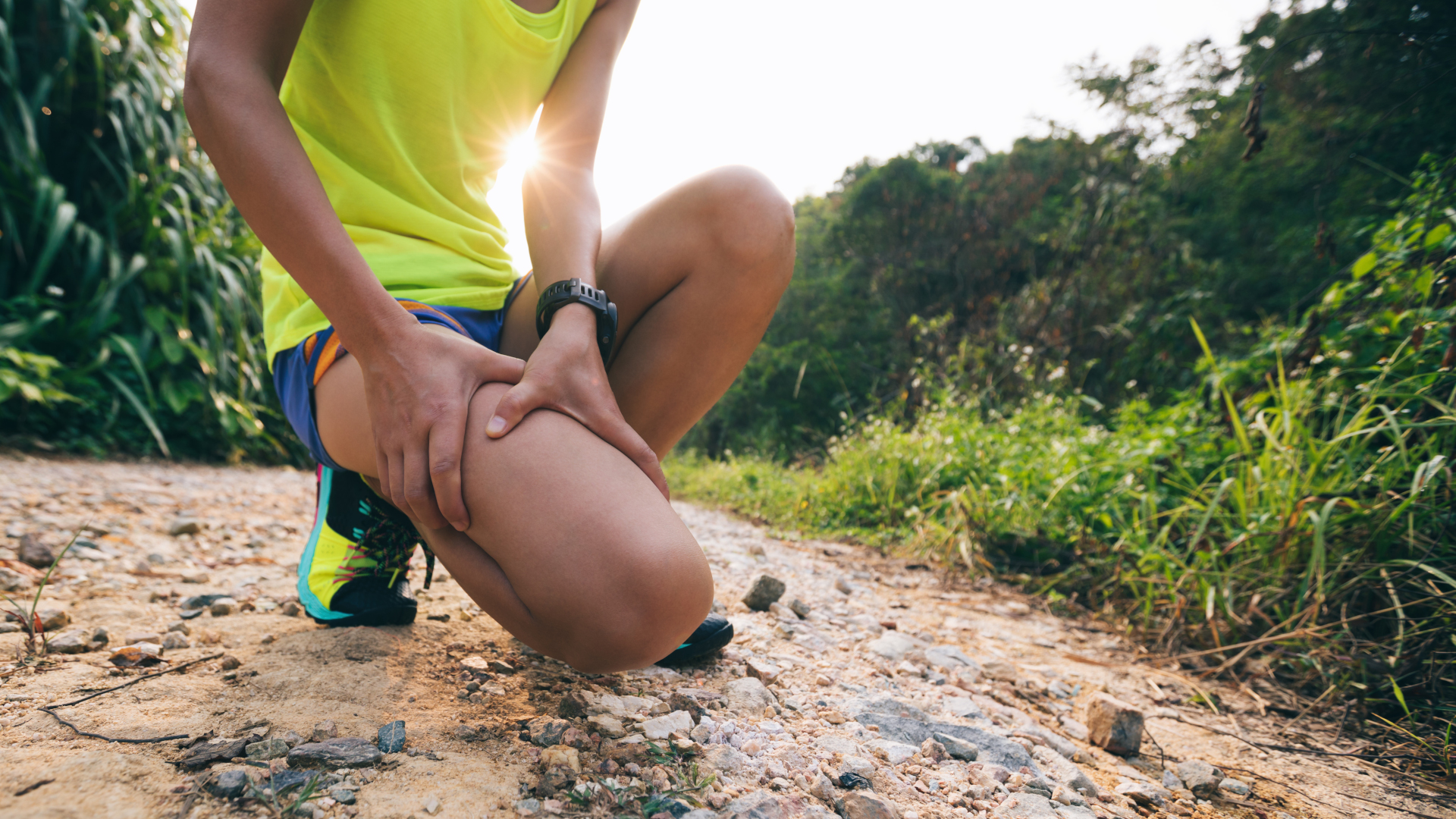
Wondering if you should run with sore legs after yesterday’s workout? Maybe you added a couple of kilometers to your usual route, hit a new fastest time or tried that big hill you’ve been eyeing up. At the time, you probably felt like you were the champion of the world, but today you’re so stiff you can barely get down the stairs. So should you take the day off and do some yoga stretches? Would getting your trail running shoes on again make matters worse, or will it clear up some lactic acid and aid your recovery? In this article we take a look at what causes muscle soreness after running as well as possible alternatives to running on days when you’re sore and how to avoid muscle soreness in the future.
Why do your muscles hurt after running?
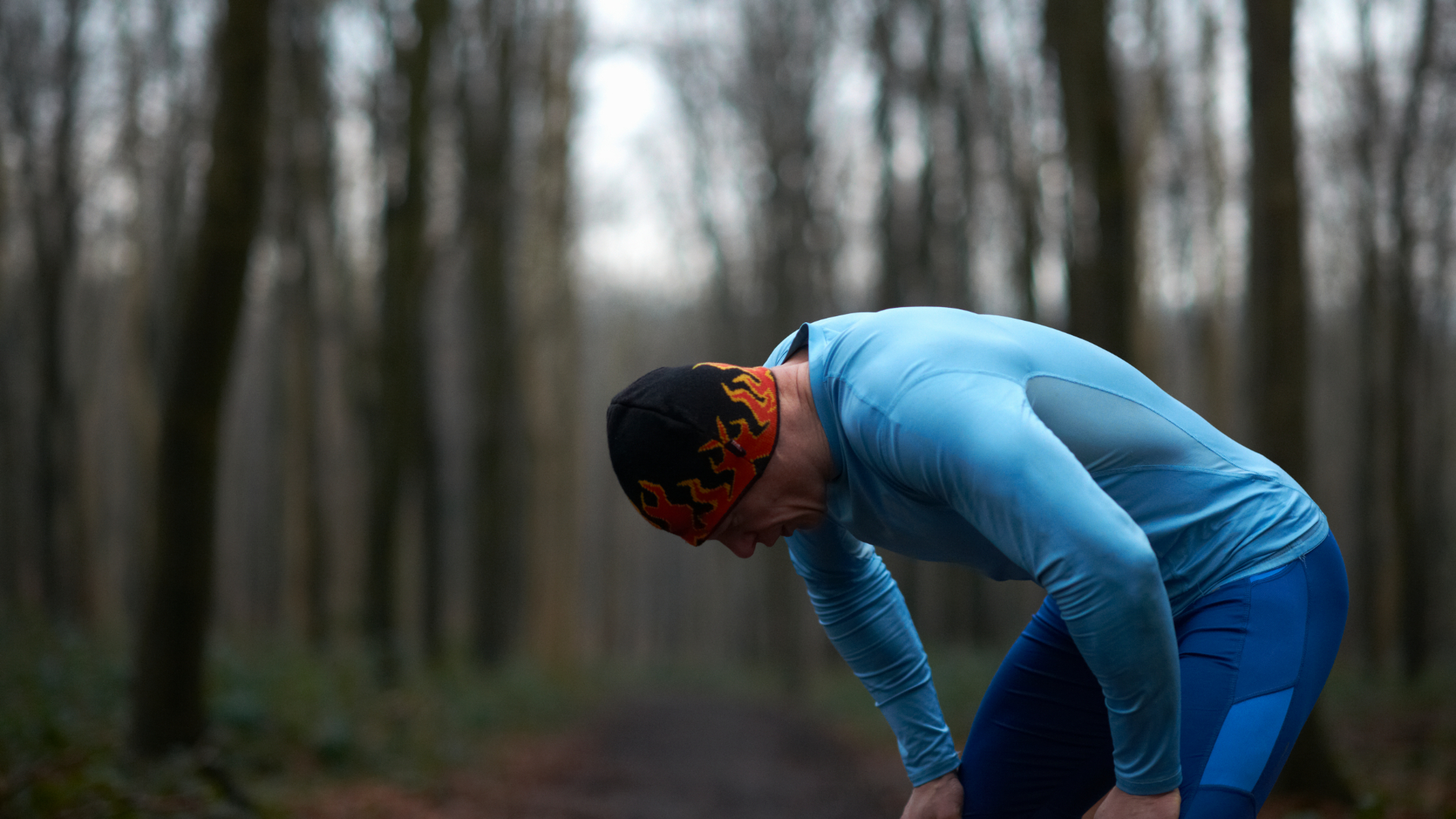
First, it’s important to note that this article is addressing normal muscle soreness as a result of the previous day’s run and not pain due to injuries like shin splits, achilles tendonitis or plantar fasciitis. Those conditions require a visit to the doctor.
If you’ve increased your running duration or pace recently or have tried an unfamiliar form of exercise like squats, you might be sore for a few days afterwards. This pain is often mistakenly attributed to a buildup of lactic acid, however it is actually a condition referred to as Delayed Onset Muscle Soreness (DOMS). According to the American College of Sports Medicine, current medical understanding attributes post workout soreness to tiny tears in the muscle fibers that occur when the muscles are placed under novel stressors. The soreness you sometimes experience seems to be a side effect of the repair process.
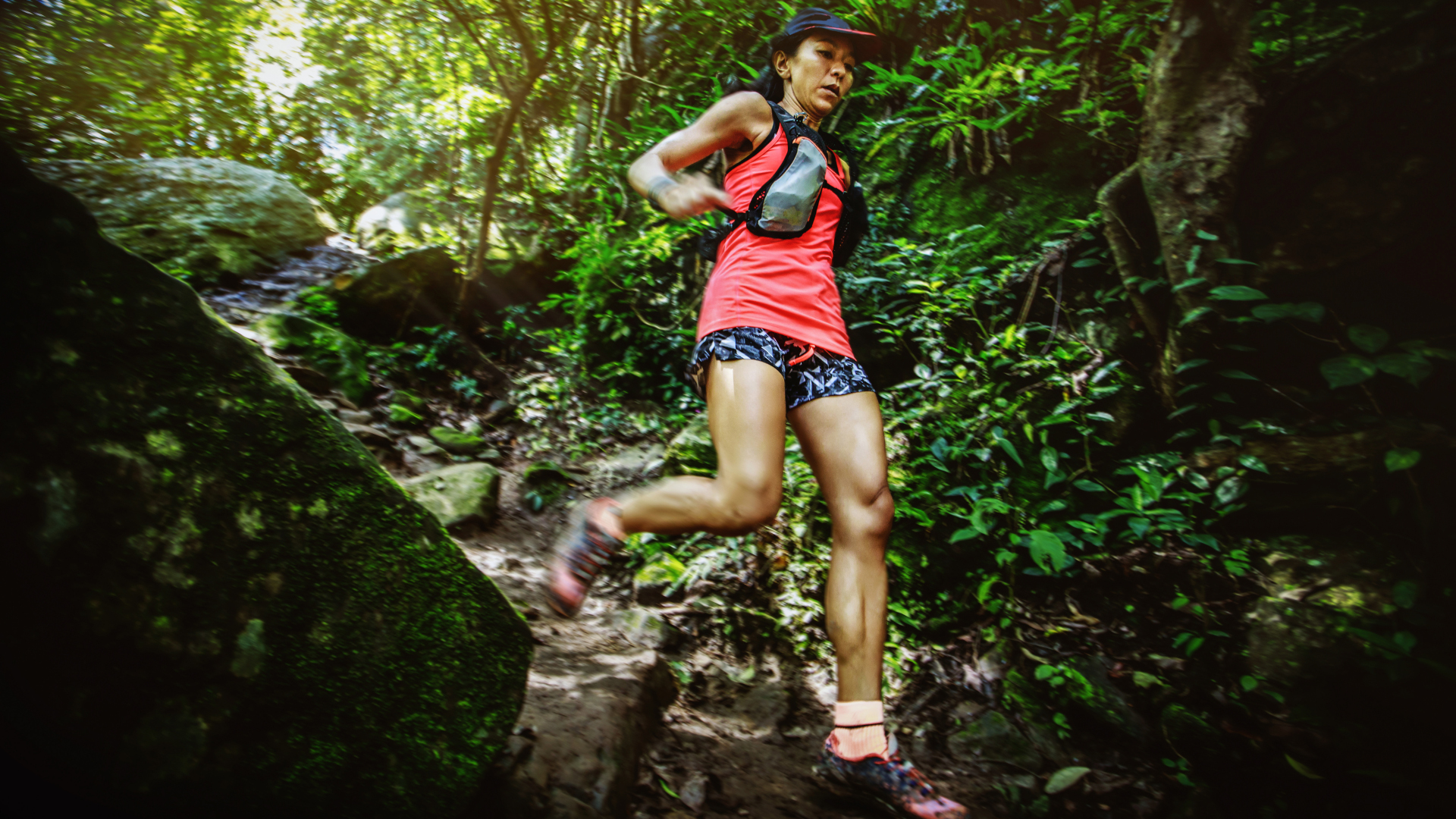
DOMS can happen to both novice and elite athletes and can range from mild to debilitating. In addition to soreness, it can involve joint inflammation and temporary muscle weakness. It seems to occur more frequently when muscles are placed under force while they’re being lengthened. For runners, this most commonly occurs when you’re running downhill, because your quadriceps are placed in eccentric contraction in order to slow your momentum. The result is shredded quads that can make it difficult to get in and out of the car the following day, never mind go for a run. DOMS is, for the most part, a normal part of increasing your exercise load and nothing to worry about.
Should you run with sore legs?

Because people mistake soreness after running for lactic acid build up, there is a common belief that running will help to remove it, but this is a myth. According to the American College of Sports Medicine, doing intense activity with DOMS may just prolong the healing process, and could even make matters worse.
However, it is true that if you do go for a run with sore legs, once you get moving, you often feel better. This is because the movement has an analgesic effect on your muscles, according to an article by the Auckland University of Technology. Sadly, after your run, the soreness will return, and may even be worse. The same article points out that when DOMS is more severe, you might alter your muscle recruitment patterns while running – effectively changing factors like your gait to compensate for muscle weakness and pain – which can increase your risk of injury. So, going for a long or vigorous run with moderate to severe DOMS is not a good idea.
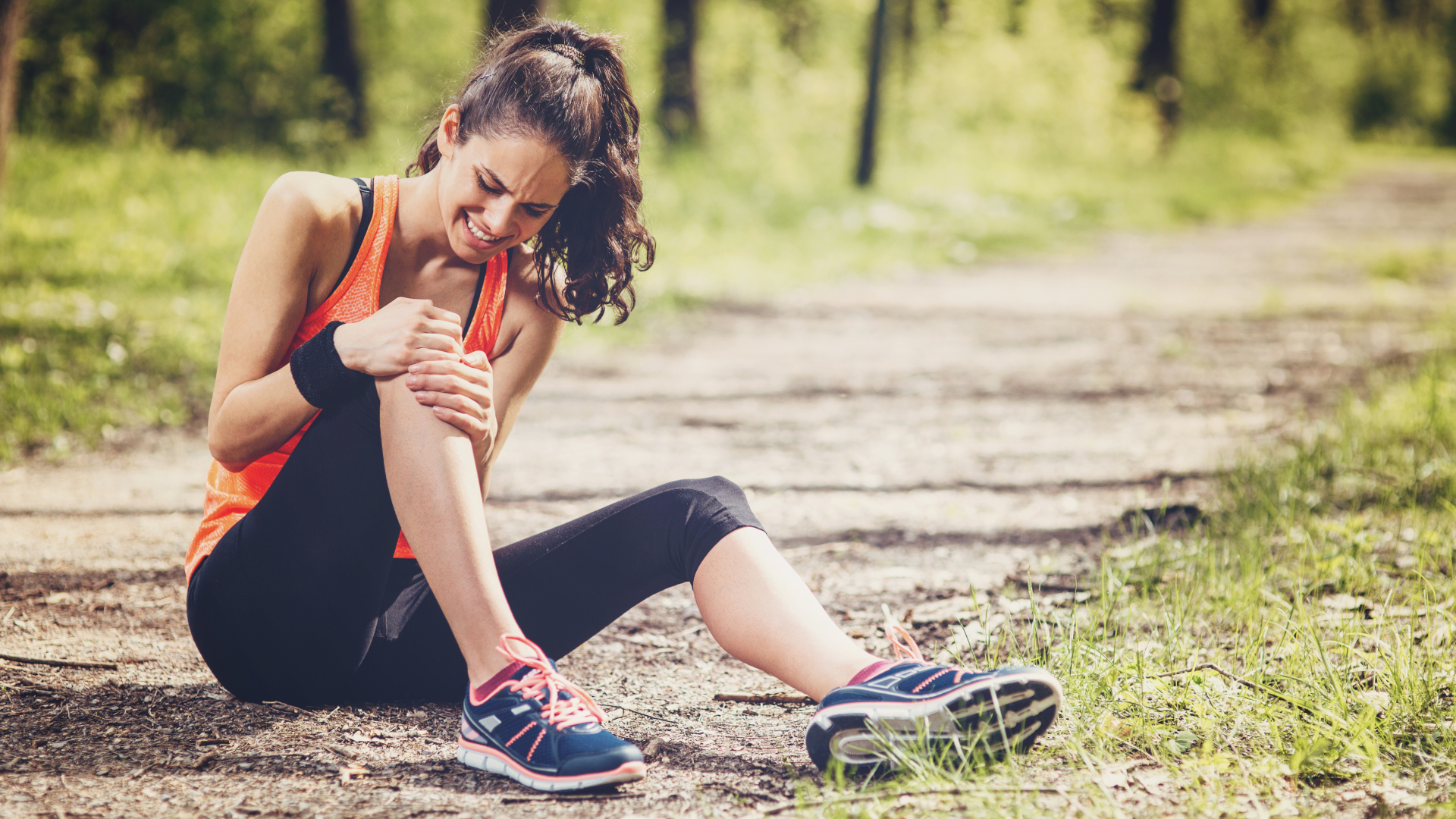
However, there is no evidence that proceeding with light activity will cause any problems, though it hasn't been found to speed up your recovery either. A good rule of thumb is that if you find you are so sore as to not be able to function normally, you should take a day or two of rest rather than risk dysfunction in vigorous movement. If you are experiencing only mild or moderate soreness and can move normally, some possible low impact activities that might provide temporary pain relief and keep you moving without slowing down your recovery include:
Advnture Newsletter
All the latest inspiration, tips and guides to help you plan your next Advnture!
- Very slow, gentle jogging
- Brisk walking
- Yoga
- Swimming
- Gentle/moderate cycling
- Upper body strength training
How to reduce muscle soreness after running
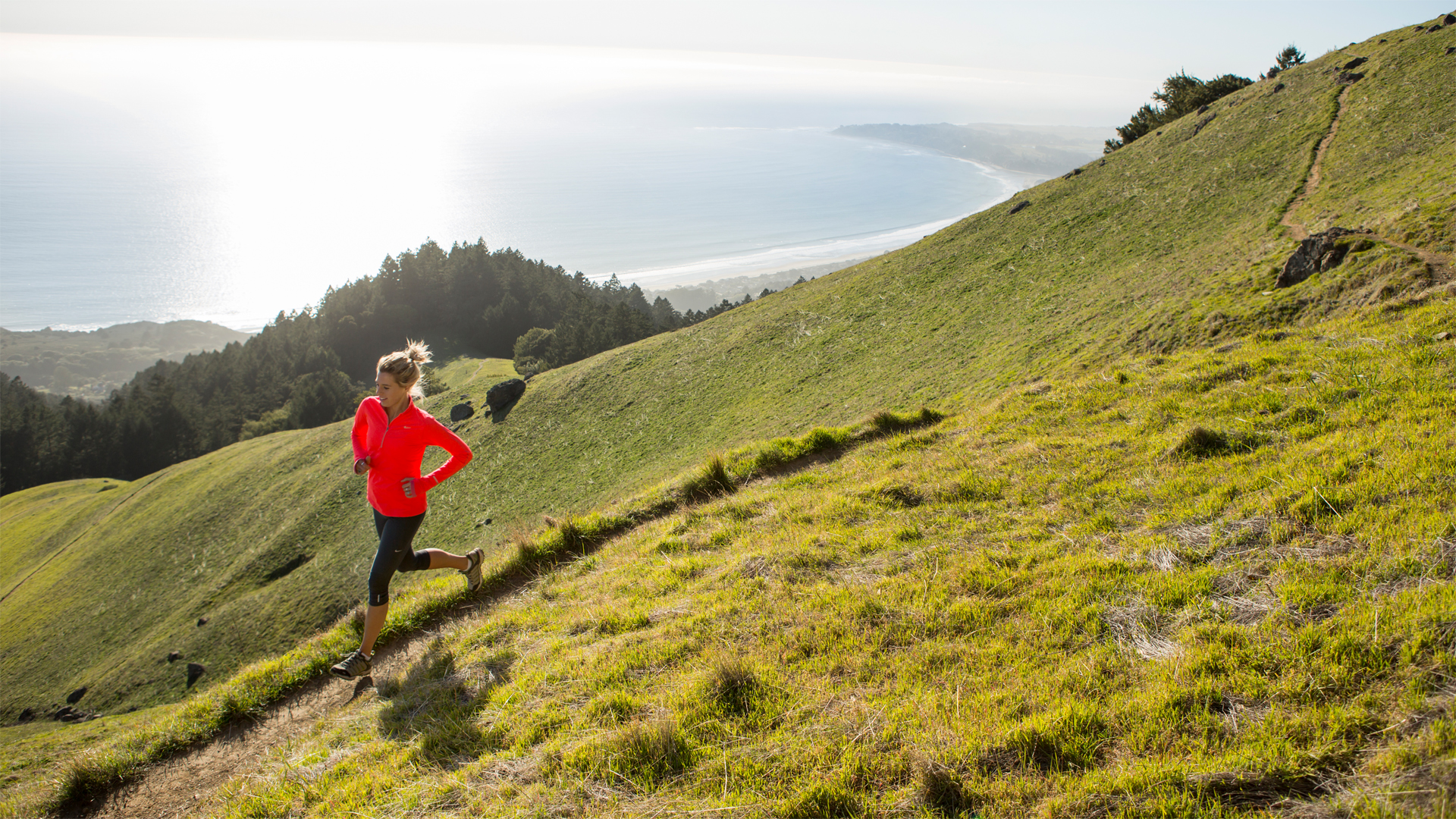
The good news is that muscle soreness after a workout is an indication of your muscles getting stronger, and as you adapt to greater distances and new movement patterns, you’re unlikely to keep experiencing soreness. A severe bout of DOMS can have you swearing off running for life though, so to help avoid it in the future, follow these basic principles.
Progress slowly
If you are increasing your distance or picking up your pace, don’t suddenly try to double your mileage or halve your time. Read our article on creating a good trail running training plan and slowly increase your time and distance week after week.
Alternate workouts
Rather than running long distances every day, mix up your workouts by alternating running with other activities like hiking, weight lifting or swimming. If your goal is to run every day, try doing it in smaller amounts known as “exercise snacking”.
Run regularly
Since DOMS is usually the result of novel stressors, you’ll be less prone to it if you stay consistent with your running regimen. This doesn’t have to mean running daily, but finding a regular routine such as running every second or third day will help you build strength better than sporadic bursts of activity followed by prolonged periods of rest because you’re in pain.
Julia Clarke is a staff writer for Advnture.com and the author of the book Restorative Yoga for Beginners. She loves to explore mountains on foot, bike, skis and belay and then recover on the the yoga mat. Julia graduated with a degree in journalism in 2004 and spent eight years working as a radio presenter in Kansas City, Vermont, Boston and New York City before discovering the joys of the Rocky Mountains. She then detoured west to Colorado and enjoyed 11 years teaching yoga in Vail before returning to her hometown of Glasgow, Scotland in 2020 to focus on family and writing.

